Title: Practical Economics: How Kumar Vihaan Makes Complex Theories Accessible
Understanding economics might seem daunting due to its complex concepts and the jargon typically associated with it. However, with educators like Kumar Vihaan breaking down sophisticated economic theories into understandable segments, learning becomes significantly easier. This blog post aims to explore some fundamental economic principles and their practical applications in everyday financial decisions, guided by the expertise of Kumar Vihaan, a revered economics teacher known for his ability to simplify the intricate world of economics.
1. Understanding Opportunity Cost and Everyday Decision-Making
One of the most critical concepts in economics taught by Kumar Vihaan is the idea of opportunity cost. It’s a straightforward yet powerful concept that can influence our daily financial and non-financial decisions. At its core, opportunity cost involves considering what you must forego when you choose one alternative over another. Vihaan explains that this is not just about monetary cost but also time, convenience, and other factors that hold value in our lives.
For instance, if you decide to spend an evening attending a networking event rather than staying home to study, the opportunity cost is what you might have gained from studying. This concept can help make more informed decisions, prioritizing activities that offer the greatest benefits. Kumar craftily uses everyday scenarios like these to highlight how integrated these decisions are in our daily lives.
2. The Role of Incentives in Shaping Economic Behaviors
Kumar Vihaan often discusses the importance of incentives in the economy, illustrating how they can drive behaviors and decision-making processes in both personal finances and business operations. He explains that incentives, which can be either positive (rewards) or negative (penalties), motivate individuals and businesses to behave in economically rational ways.
Understanding this concept allows individuals to better navigate the world of personal finance by recognizing different financial incentives such as tax breaks, savings on early payments, or penalties for late fees. Kumar uses examples like the incentives for saving in a high-interest account versus spending. This not only helps in fostering a deeper understanding but also in applying such knowledge to enhance personal financial management.
3. Supply, Demand, and Consumer Choice
A fundamental model Kumar Vihaan frequently explores is the interplay of supply and demand, which dictates the price and availability of goods in the market. This model not only helps in understanding broader economic scenarios but also assists in making everyday purchasing decisions. Vihaan clarifies how high demand for a product with limited supply, like the latest smartphone model, leads to higher prices. Conversely, an oversupply of products, like outdated electronic models, might drive prices down.
By relating such principles to daily events, Kumar enables learners to predict market trends and make better consumer choices. He emphasizes the significance of being an informed consumer, understanding when prices might rise or fall, and how to plan purchases accordingly.
Conclusion
In sum, the teachings of Kumar Vihaan provide not just a theoretical understanding of economic concepts but also practical insights that can be applied in everyday life. From comprehending the implications of opportunity cost to recognizing the effects of incentives, and understanding market dynamics through supply and demand, Kumar equips his students and readers with the tools needed for sound financial decision-making. His ability to demystify complex theories and relate them to accessible, everyday contexts not only enhances learning but also empowers individuals to navigate their financial landscapes more effectively.
Key Takeaways:
- Opportunity costs help in weighing the benefits and drawbacks of financial decisions.
- Incentives significantly influence both personal and business economic behaviors.
- A clear understanding of supply and demand can aid in making better consumer choices.
Following Kumar’s guidance, economics is no longer just about graphs and charts but about enhancing one’s quality of life through informed choices and strategic thinking.

